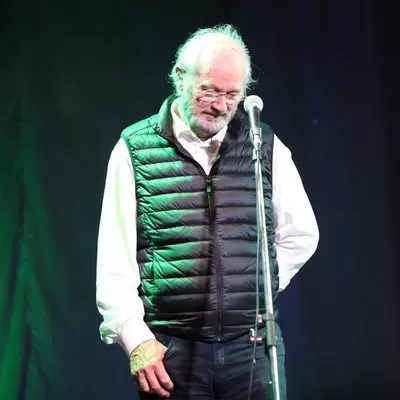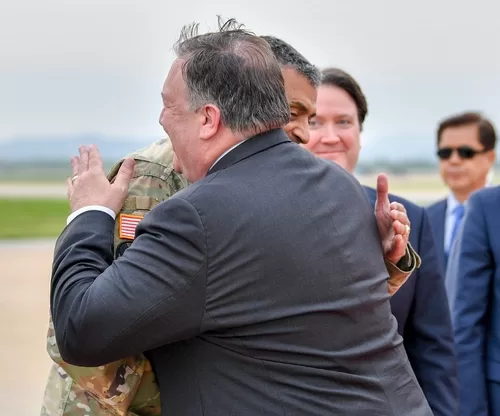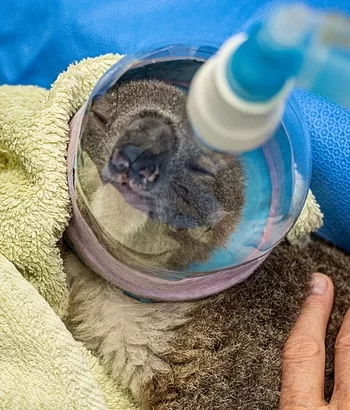Reuters photographer Namir Noor-Eldeen and driver Saeed Chmagh, plus at least a dozen other people, were shot to death in Iraq in 2007 by an US Apache helicopter. All these years later (16 years at writing) and the only people prosecuted for these deaths is Private Chelsea Manning and Wikileaks publisher, Julian Assange.
When this is a developing and breaking news story and this page will be updated with news about the Assange case and trial. The comments section below is open.
Were these deaths a war crime and if so, who covered it up?


Immediately after the shooting, Reuters journalists were getting conflicting stories from eye witnesses, contradicting the military’s account of what had occurred on 12 July 2007.
That same day there was a delay in communications from under the command of General Vincent Brookes who immediately recognised the situation as being a potential public relations crisis. When civilian casualties hit the news, it is bad for the military, but with Reuters staff killed, this could make the headlines.
We can assume that Generals don’t leave anything to chance, especially a meeting with the employers of people that you’ve just killed. Especially if they’re media. This had to be carefully considered with planned various steps taken in managing the potential crisis in the media.
Gen. Brookes realized on the first day that Reuters staff had been killed and they had a huge public relations problem on their hands. Killing innocent staff of a major international media organisation was obviously going to be widely reported in the world’s press.
Just doing their job and following orders
While Reuters were still trying to get answers from the military, General Vincent Brookes and his staff ordered a report with a pre-determined outcome … blame the media for being there and not advising the military where they were, and for not wearing vests to identify themselves.
The U.S. military were wanting news crews to ’embed’ with the allied forces to ensure they could control the narrative, and only one side of the conflict was presented to the public. The deaths of the Reuters crew was an opportunity to reinforce that objective.
The military report did not include statements from the four airmen on board Crazy Horse 1-8 or Crazy Horse 1-9 who did the shooting. The report did not include statements from the radio operator/controller who the air crew were in contact with, nor did the report include a statement from their commander who ordered the deaths.
The report, which was conducted and completed in less than a week, only interviewed the ground platoon who arrived at the scene eight minutes after the shooting.
The report itself was not shown to Reuters editors one week later during an ‘off-the-record’ meeting on 25 July 2007 between Brookes, Fox and the Reuters editors seeking answers. Only some screen shot still photos, and less than three minutes of footage from Crazy Horse 1-8’s on board camera was shown to Reuters. The audio from Crazy Horse 1-8 was not shared with Reuters.
Dean Yates came away from the meeting with the impression it was carefully planned and stage managed by Brookes and Fox. Given that the generals had the report for a week before their meeting with Reuters, it would have been out of character not to have planned the meeting with Reuters before they called it.
Brookes denied the FIOA requests from Reuters for the video footage. By hiding the truth, the military are seen to be covering up what really happened to the Reuters staff. Brookes considered the matter closed and the truth would have been hidden forever if it had not been for Chelsea Manning and Julian Assange.
General Brookes must have known he was dealing with a PR crisis if the Crazy Horse 1-8 video was released to Reuters. Brookes, by continually denying Reuters’ FOA request, has covered-up a potential war crime.
The Rules of Engagement is an issue. How can everyone ‘play by the rules’ when one group makes the rules and then doesn’t show everyone?
Julian Assange was right to pick up the issue of Rules of Engagement being crucial to this saga.
There are obviously two sides to the story
1. The eye witnesses who confirmed that there was no shooting coming from the group that Saad was talking to. Brookes himself confirmed that on 25 July.
2. an air crew with a combat mission, providing air support to ground forces. Other airmen say they would also have opened fire on the group of mostly unarmed men that Saad was talking to.
What makes Crazy Horse 1-8’s behaviour so aberrant was his commentary. We extend our sympathise with young men who have life altering experiences such as being a helicopter gunner.
Many military men have spoken out about the situation that Crazy Horse 1-8 faced and many say they would have fired on the group based on the information that he had.
If you have any issues call Lifeline on 13 11 14 in Australia or a counsellor near you. The effects of having gone through something like that linger but that is not us. The Assange case has raised a lot of issues for people who support free speech and a free media. The comments section is open, below. Please talk with someone if you are feeling distressed.
The shooting of the van is a different matter
The shooting of the van is a different matter. Crazy Horse 1-8 hoping aloud that the wounded man crawling to safety would pick up a weapon so he could kill him shows both a complete understanding of the Rules of Engagement and a complete lack of humanity. 120 rounds were fired at the van.
Crazy Horse 1-8 killed him anyway – that is a potential war crime. Instead of investigating Crazy Horse 1-8, the U.S. military have chosen to bury the facts.
Once the facts became known with the release of the Collateral Murder video, the U.S. military have chosen to persecute the whistle blower (Manning) and the publisher (Assange) instead of dealing with the facts.
President Obama recognised the prosecution of Julian Assange was a public relations disaster for the USA and did not pursue legal action. Obama showed sound humanist leadership and acquitted Manning.
President Trump on the other hand … for all his histrionics and sound bites about ending the Iraq war, was deeply under the influence of his advisers, especially his CIA director-turned-Secretary of State, Mike Pompeo.
The whole Iraq invasion was based on lies. Saddam Hussein did not have Weapons of Mass Destruction. The UN weapons inspectors were saying there were no WMDs just two days before the invasion.
“Mission Accomplished”
![brookspompeo-500 - 1EarthMedia U.S. Secretary of State Mike Pompeo is greeted by USFK Commander General Vincent Brooks upon arrival to Osan Air Base in Osan, Seoul on June 13, 2018. [State Department photo/ Public Domain]](https://1earthmedia.com/wp-content/uploads/2023/03/brookspompeo-500-jpeg-webp.webp)
![brookspompeo-500 - 1EarthMedia U.S. Secretary of State Mike Pompeo is greeted by USFK Commander General Vincent Brooks upon arrival to Osan Air Base in Osan, Seoul on June 13, 2018. [State Department photo/ Public Domain]](https://1earthmedia.com/wp-content/uploads/2023/03/brookspompeo-500-jpeg-webp.webp)
“Mission Accomplished” U.S. Secretary of State Mike Pompeo and General Vincent Brooks enjoy an embrace together at Osan Air Base in Osan, Seoul on June 13, 2018. [State Department photo/ Public Domain]
The persecution of Julian Assange is also based on lies and is part of a cover-up by the military of
The military orders given by General Vincent Brookes to his team of investigators to blame the media for being there before they began their investigation, and to his communications team to kill the story, at least shows a general was in charge right from the first few hours of the deaths in Iraq.
Namir Noor-Eldeen, Saeed Chmagh and at least ten other people are in Baghdad, dead. To date, no serious investigation has looked at the chain of command and rules of engagement protocols during the shooting. To date, no-one has looked at the shooters but the whistleblower is still being persecuted under an indictment endorsed by Mike Pompeo.
Our ten page investigation into the death of Reuters camera crew in Iraq.
1 The trial of Julian Assange exposes US Rules of Engagement
2 US Military killed two Reuters photographers in Iraq
3 The fix is in: Military investigation into deaths of Reuters staff in Iraq
4 Generals Brookes & Fox meet the Reuters editors
5 Military ignored FOI requests for video of deaths
6 Rules of Engagement between military & civilians
7 Assange: WikiLeaks release Collateral Murder video
8 Definitions, Resources, Transcripts, Apache details
9 Who, what, when and why of the Assange case
10 Wikileaks Collateral Murder video aftermath. Where are they now?
A quick update on the Julian Assange story







